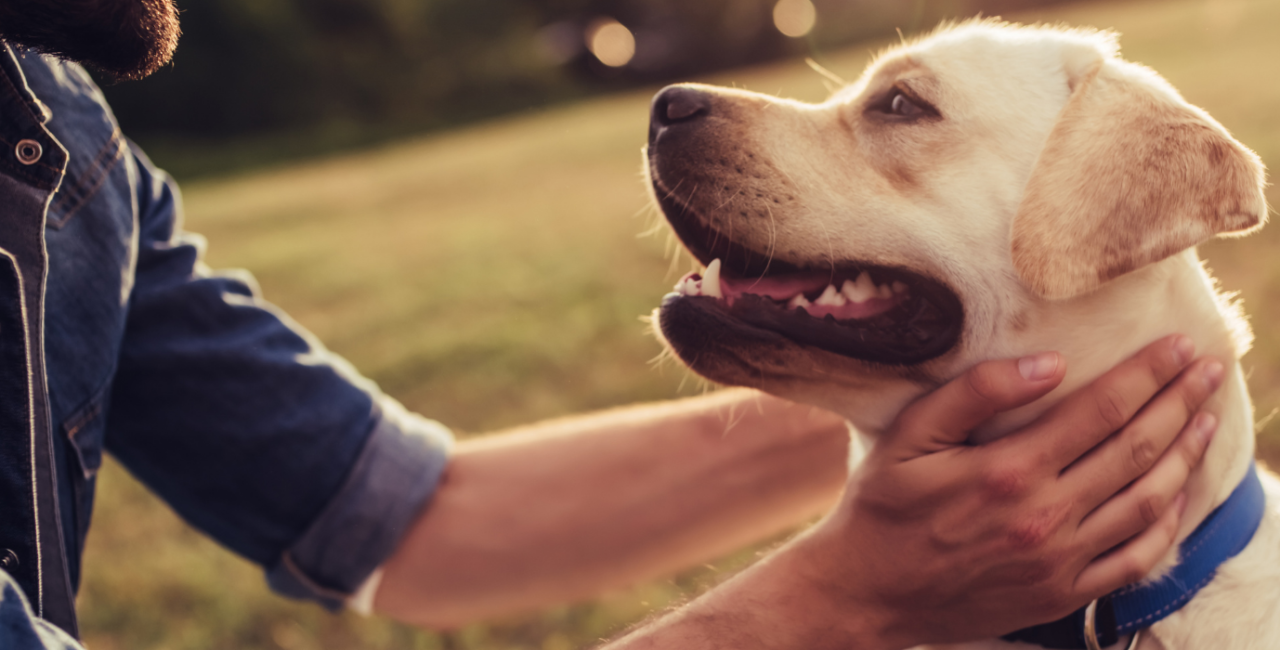Working your dog’s brain can just as effectively tire him out as getting him out for a run.
By no means do I mean that they don’t also need the physical exercise, but with our cold winters, this is a great alternative when it is too cold to get out. Ideally your dog will get a balance of both mental and physical stimulation.
Teaching your dog pet tricks or even some basic obedience takes no more space then your living room and is really open to your imagination.
Wondering how to get started? You can get various pet trick books from the bookstore or search online for ideas. Here are a few of my favourites:
Retrieving Items by Name
What does your dog do if you throw a toy in the middle of the room? Does she go get it and bring it to you? If the answer is yes, then you can start to train your dog to bring you different items on command. Start with her favourite toy (I will use the ball here as it is my dog’s favourite, then the kong and duck as examples), put it down and ask her to “get the ball”. When she does and she brings it to you, praise lots, use treats if you wish. Hold her back, place it down and do it again. Repeat just a few times (since it is her favourite this won’t need much time).
Now get a different toy she likes (put the ball out of site or scent depending on your dog’s love of the ball), place the toy down and ask her to “get the kong”. Again praise a lot for getting and bringing you the new item. After a few repetitions with this toy. Take a break.
A while later (10 mins or more) start again. Begin with the toy you ended with. Do a few repetitions with this toy. Now put it away and get out something else. Ask your dog to “get the duck”. After a few repetitions with this toy, put it away and bring out one of the previous toys and ask for your dog to get you that toy.
IMPORTANT NOTE: ALWAYS ask for the toy by name. “get the BALL”, “get the DUCK”, etc.
Holding your dog back, place TWO of the toys out, a few feet apart. Ask your dog to get you one in particular. If she brings the right one give a LOT of praise/reward and end there for now. If she brings the wrong one simply take it, without making a big deal about it, and ask her again to get the correct item (there is only one choice so she has to be right). Make a big deal (tons of praise/reward) for going to get the right one.
Try again by placing both toys out. Try placing them further apart and facing your dog toward the one you are asking for. Again if she gets it correct on the first try, have a party and stop the game for now. If not, she may need more work on naming them individually. Also if your dog really, REALLY loves one particular toy, then for now, don’t use that one in this game. It is hard for some dogs to not get their favourite when it is right there in front of them.
Take many breaks during your training sessions. It gives your dog time to process what you have been teaching her. Depending on your dog’s aptitude for retrieving, this trick may take you an evening or it may take several days (if done a little every day). Have patience and set her up for success in the early stages of training, making it more difficult as she gets better at understanding.
Once she does well with just the two toys (varying which two) then set all 3 out and ask her to get each one by name. This is a fun trick for when friends and family come over, plus if you continue to expand it, eventually you can get your dog to pick up many items for you. My dog will pick up the phone, the remote, even my shirt when I was too pregnant to reach it myself!
WARNING: If your dog has a habit of wanting to chew on various items, don’t teach them to pick anything, BUT their toys up. Otherwise they may feel all items are free for their taking.
Pick up After Yourself
Does your dog like to take all his toys out of the basket or toy box and leave them everywhere? Why not teach him to pick them up and put them away? If this game is made fun, it will be as much fun for your dog to take them out, as put them away and, you may find he starts to pick up after himself! (Mind you if you can’t find the remote after teaching this trick… check the toy box)
Start out with the toy box beside you and a toy on the floor in front of you. Get your dog to pick up the toy and place your hand over the toy box. When he goes to place the toy in your hand let it drop in the box and praise him. Put another toy on the floor in front of you and do this again. Once your dog is getting the idea that he is being rewarded for dropping the toy in the box, start to add a command for it. To do this: just before he goes to drop the toy in your hand (over the toy box) tell him to “put it away” or “basket” or whatever you wish. Slowly work on moving your hand out of the toy box. Eventually you should be able to tell your dog to get their toy and “put it away” and he will put it in the box.
Remember to always PRAISE LOTS every time he puts it in the basket (use treats if you wish). It may take some time to work on moving the basket to its regular location. If this spot is easily accessible to both you and the dog then don’t move it while teaching this trick, otherwise each time you get him to “pick up after himself” you will need to bring the basket out, start at the original training location and then work each time getting it closer and closer to where you wish to leave it.
As with all training take frequent breaks while teaching your dog something new. This gives them time to process the information.
101 Things to do with a Box
Sometimes the most fun you can have playing and training your dog is doing goofy things with odd objects. For example get yourself a box or a lid from a box (depending on the size of your dog). Reward your dog for interacting in any way with the box. Then try and encourage them to do different things by withholding the reward for repeating the initial behaviour. Here is an idea to start:
You place the box down, have some treats, then get your dog. The dog comes in and sniffs the box, you reward them for sniffing the box. Likely they will do this again, because a) they want to continue checking it out and b) they got rewarded for it. Reward them for sniffing it again. Once you notice your dog is sniffing the box and then looking at you to get the treat, wait to see if they will do something else, like maybe stepping a foot into the box – reward them for this new behaviour. Give the reward such that they need to take their foot out of the box to get it. Now wait for them to repeat this new behaviour again, and again reward them away from the box. Once they have the idea down that they get rewarded for stepping a foot into the box wait for your dog to try something else again to get the treat. Many dogs will either try to put both feet in the box or get their whole self in the box.
Each time you are waiting for a new behaviour be sure to quickly reward it when you get it. This method of training is called free shaping, it is making the dog think “what can I do to get what I want” (i.e. the treat).
More examples of things they can do with the box:
a) sit, stand, or lay down in the box
b) put only their front feet in the box, only their back feet, or only 1 foot.
c) teach them to go around the box without getting in it
d) lay down beside the box but not in it
e) using the trick from above, have them get a toy and put it in the box
f) teach them to do the hokey-pokey (put a foot in, take a foot out, put a foot in, take a foot out and spin (turn around) about) To do this trick, first reward for their foot in, then reward for taking it back out, eventually reward when they put it in and take it out (so only one treat instead of two) and build from there
g) pick up the box (if it is just a lid and a bigger dog)
h) anything else that strikes your imagination
Don’t have a box? Use a dog bed, blanket, piece of carpeting… anything they can get on that is different from the surface they are currently on. Have fun with this trick. If your dog really gets into the concept of thinking of new things to do to get the treat, they may surprise you. Always reward anything you like (even if it wasn’t what you were thinking you wanted them to do at this moment). It is easier to get them to do it again, if they have already been rewarded once for it.
With free shaping there are no commands until the animal is continually doing the same behaviour on a regular basis. So for example with teaching the hokey-pokey, once your dog is consistently putting a foot (or two) in and taking it out, then start saying to them “put your foot in, take your foot out” while they are doing it and reward. This builds the command to an already consistent behaviour.



